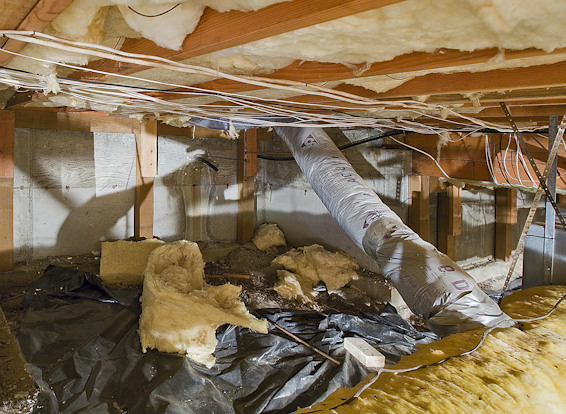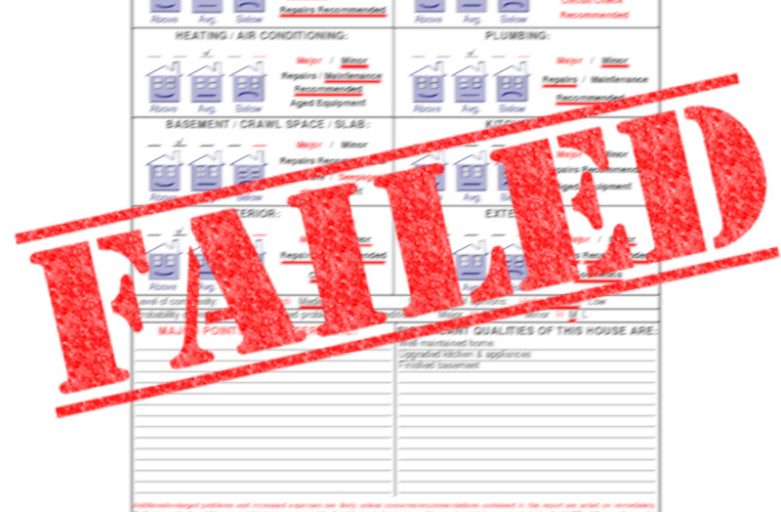So you are trying to buy a home or sell your home and your crawl space has failed your home inspection. It is a home inspectors responsibility to ensure your crawl space is free from issues. The crawl space is the foundation of your home. It needs to be secure, dry and healthy, free from structural issues.

Most of us do not go down to our crawl space often. With all of the different types of terrain and rainy weather here in the Seattle area, some crawl spaces fall apart over a few year of neglect.
When was the last time you were in your crawl space? It might need to be checked out. We can help with that.
What Do Home Inspectors Look at in a Crawl Space?
Home inspectors might take a while in your Northwest crawl space. So, what are they doing? They are making sure the foundation of your home is safe and sound. Here are some of the things they are looking at while they are down there. Make sure they get pictures of any issues they find.
Structural Integrity
- Foundation: Check for cracks, bowing, or shifting in the foundation walls or piers.
- Joists and Beams: Look for signs of rot, damage, or sagging in the floor joists and support beams.
- Insulation: Ensure insulation is present, properly installed, and not damaged or wet.
Moisture and Drainage
- Moisture: Check for signs of water intrusion, dampness, or standing water which can lead to mold, mildew, or structural damage.
- Drainage: Examine the grading around the home to ensure water is directed away from the crawl space. Inspect for proper sump pumps if present.
- Vapor Barrier: Verify there’s an intact vapor barrier covering the ground to prevent moisture from rising into the home.
Ventilation
- Ventilation: Ensure there are adequate vents for air circulation to prevent moisture buildup. Check if vents are open, clear, and functioning.
Pests
- Pest Signs: Look for evidence of termites, rodents, or other pests that might have entered the crawl space.
Electrical and Plumbing
- Electrical: Inspect any wiring for safety issues like exposed wires, improper splices, or outdated systems.
- Plumbing: Check pipes for leaks, corrosion, or signs of previous water damage. Ensure pipes are adequately supported.
HVAC Systems
- Ductwork: Examine ducts for damage, disconnections, or improper installation that could lead to inefficiency or air quality issues.
General Condition
- Debris: Note any clutter or debris that could harbor pests, obstruct inspections, or indicate neglect.
- Access: Verify that the crawl space is accessible and that the access door or hatch functions correctly.
Environmental Concerns
- Mold: Look for mold growth which can indicate moisture issues or poor ventilation.
- Asbestos or Lead: In older homes, check for materials that might contain asbestos or lead paint, which can be hazardous if disturbed.
Safety Hazards
- Gas Lines: If present, ensure they are secure and not leaking.
- Fire Safety: Check for any materials or conditions that could pose a fire risk.
Home inspectors job is focused on making sure the home you buy or are selling is safe.
